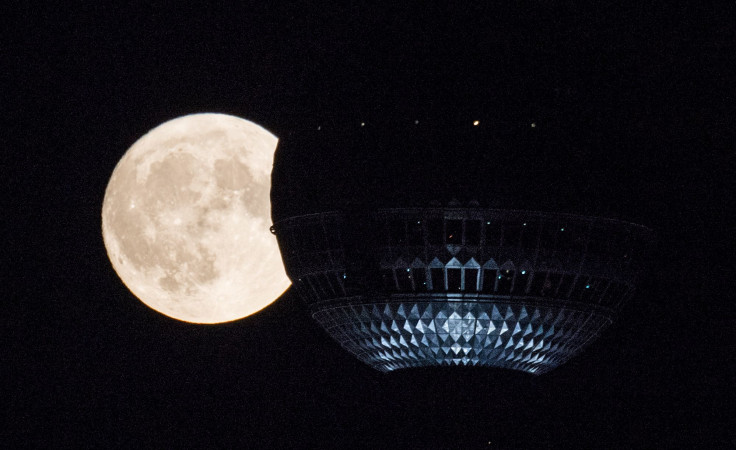With 2 Supermoons Coming Up, How Special Would They Be?

The next two supermoons would happen on Jan. 1 and Jan. 31, 2018.
Of these the latter is considered to be more special.
The supermoon on Jan. 31, 2018, would also be a partial lunar eclipse for those in the Northeast. This means that though the lunar eclipse would be visible at moonset, inhabitants of the Eastern United States would see it in the morning.
So, that’s bound to be a special sight, at least for a certain percentage of the American population.
Also, it’s a blue moon.
A blue moon is an extra full moon that appears in a year’s subdivision. It happens either as the third or fourth full moon in a particular season, or a second full moon in a month. On average, a blue moon happens once every 2.7 years.
It’s due to the comparative rarity of the blue moon that the saying exists, "once in a blue moon."
One of the most curious supermoons happened in 2016 when a hunter’s moon coincided with a supermoon.
The supermoon, of course, happened when the full moon came as close as it could to the Earth.
But what made that particular supermoon event so special was it coinciding with the hunter’s moon. Part of the reason why the hunter’s moon is called so is because of the time of year in which it appears.
Every full moon through the months gets a name of its own. The hunter’s moon appears after the harvest moon. The harvest moon is the full moon that’s closest to the autumn equinox.
Typically, the moon rises 50 minutes later every day. However, during the hunter’s moon, Earth’s satellite takes a closer trajectory along the Earth.
This brings about a lesser lag between the moonrise each day.
In simpler terms, the moon would rise earlier in the evening while every full moon would rise around sunset. This results in a lot of light being shed in the evenings — helping those who attempt to hunt (or do anything else outdoors for that matter) during the evenings.
Traditionally, more people were engaged in hunting and the prolonged hunting hours that the hunter’s moon brought resulted in a bigger bounty for them. The name for the moon comes from this earlier time period.
The hunter’s moon is also called blood moon. However, that might create confusion in someone’s mind since it is also the name which is given to the phenomenon by which an arrangement of the moon and the Earth in space make the moon appear deep red in color.
The confluence of the hunter’s moon and the supermoon made the night of Oct. 16, 2016, very special.
Generally, a supermoon brings a bright light into the night sky, brighter than anything that we are accustomed to seeing in the night sky. However, with the addition of the hunter’s moon in the mix, the night then becomes even brighter and fantastical.
© Copyright IBTimes 2025. All rights reserved.





















